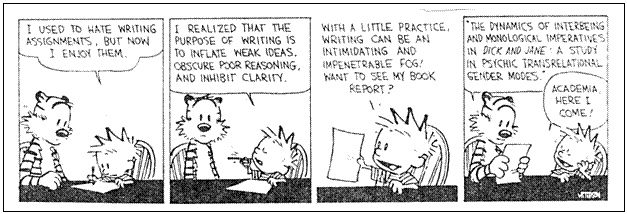|
Proposal with reviews (due Jan. 31, 2008)
- What should I write about? How do I find an appropriate book?
- Think about The Holocaust--what's interesting to you about it? Look though the readings and textbook for ideas. Once you've thought of some topics, look through the list on the Suggested Books for Essay page on the course website, and pick a book. If you can't find one you like:
- Go to the library and browse the shelves--the D804-810 and DD240-256 are the main relevant call numbers.
- Search amazon.com for keywords (or titles from the Suggested Books page), then follow the "recommendations" and "also bought" links leads to more titles.
- If you have trouble thinking of a topic, or finding a book for a topic, please come to talk to me—sooner, not later!
- What kind of books are suitable? I would prefer that you select academic/scholarly works of history, and not anthologies or fiction, although I sometimes make exceptions. Most memoirs, diaries and biographies are fine as well.
- What should my proposal look like? The purpose of the proposal is to find a suitable book on your topic of interest. It has three main elements [plus published reviews]:
- a descriptive title that indicates the main theme you are interested in.
- a short description and explanation of your topic, including an explicit list of questions that you want to find out about and hope the book will address.
- Full bibliographic information on this and perhaps other books that you think may be suitable, including the publisher and number of pages, as well as the library call number or other information on the availability of the book. (Do you have a copy, or how and when will you get one?)
- Published reviews of the book.
- You should attach printouts or photocopies of 2-3 reviews of your proposed book, at least one of which should be from a scholarly journal (which may be available on the internet, but you may have to photocopy it from a journal in the library; the others can be from other internet sources).
- For each review you must give full bibliographic information (author, journal title, date, page numbers; and if from the web, the URL or website). A URL alone is not enough.
- For books published since 1987, reviews in scholarly journals are often listed in the Expanded Academic Articles database, accessible from the UCSB domain, through the library's homepage (Research, Article Databases, E). However, the actual review text is often not available on-line, so you will have to get that journal from the stacks and photocopy the review.
- If you need help finding reviews, ask a reference librarian for help, or see me.
|

